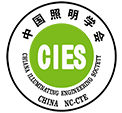在未来,只要几分钟就能完成电动汽车充电,而智能手机的充电只需要几秒钟。
研究人员声称已发现一种新材料可提高碳基超电容器的性能。该电容器亦被称作超级电容器(Ultracapacitor),充电速度很快且方便卸载。
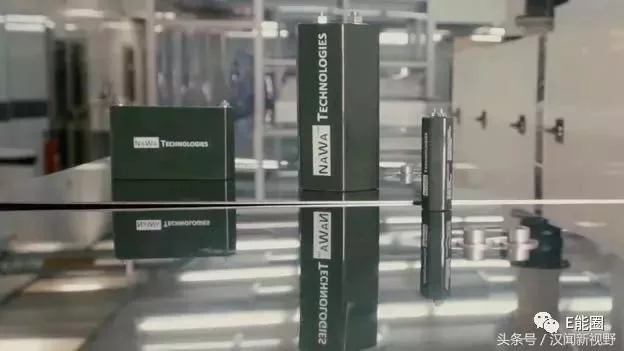
Superdielectrics公司的研究主管Donald Highgate博士表示:自己最初开发的用于软性隐形眼镜的材料在保持静电场方面具有很大的优势。简而言之,超级电容不会像传统电池那样通过化学反应产生电力,而是产生静电场产生电力。
Highgate博士正在与布里斯托尔和萨里大学合作开发使用这种新型聚合物的超级电容器,并希望他们最终能够与锂离子(锂离子)电池相媲美,或者更胜一筹——只要他们能够大范围的复制原型性能。
超级电容能够提供快速爆发力,一直应用于启动汽车发动机或者火车加速等。它们也非常适合在车辆制动时收集能量,成为电动车辆中的重要组成部分。
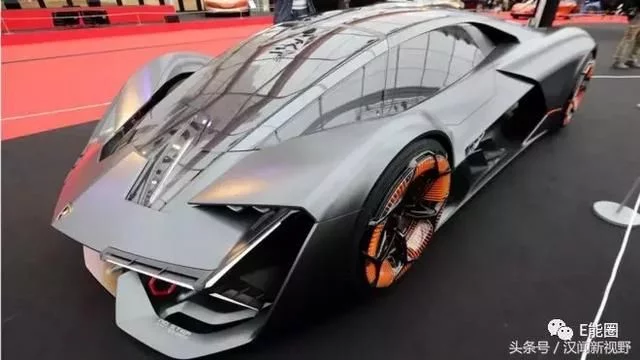
韩国希望于2020年,在其首都首尔开发3500辆超级电容动力公交车,这样的公交车也会在中国上海使用。欧洲汽车制造商PSA标致雪铁龙自2010年以来一直将其用于汽车,超级电容制造商麦克斯韦技术公司(Maxwell Technologies)表示,目前已有超过100万辆汽车使用其产品。
但是迄今为止,超级电容器一直没有很好地储蓄能量。这就是所谓的能量密度差,即每公斤能够容纳的能量数量,与在锂离子电池方面,超级电容器在这方面并不占据优势。
英国国家物理实验室研究员Gareth Hinds表示:“相对于电池,传统超级电容器的两个主要优势是它们具有超快的充电速度和放电速率以及更长的使用寿命;而它们的缺点则是生产成本相对较高,最多只能存储几分钟的电量。”例如,把超级电容器用于为工厂装配线上的工具供电,完全没有问题。一旦将其放回到充电座中,只需要几秒钟就可以完成充电。换句话说,如果将超级电容应用到电动汽车或巴士上,每隔几英里就需要充一次电。
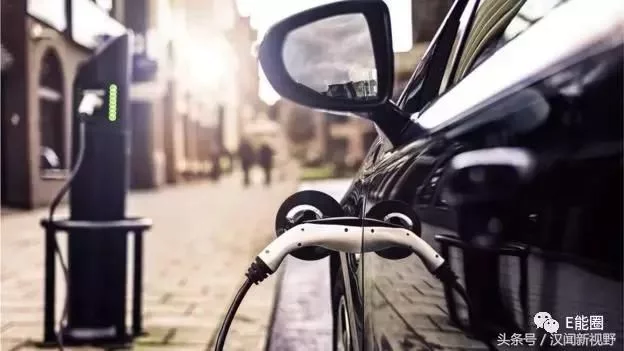
欧洲超级电容器制造商Skeleton Technologies的首席执行官兼联合创始人Taavi Madiberk表示,该公司将获得专利发明的石墨烯材料(单层碳原子排列成六边形晶格)应用于新产品中。
Madiberk先生表示:“目前,该公司的产品已经用于混合动力机车,特别是公共汽车和货车。在某次试验中,他们在塞恩斯伯里的超级柴油电动送货车上安装了超级电容器,节省了32%的燃料。”但Madiberk先生也承认技术开发上确实遇到了瓶颈。从短期来看,将超级电容与锂离子电池相结合可能是两全其美的方法,特别是在电动汽车中。
由于碳是一种轻质材料,将超级电容器并入锂离子电池中可以有效降低电动车车身重量,大大提高电动车性能。特斯拉CEO伊隆马斯克本人此前也有表示,电动汽车技术的突破可能来自超级电容器,而不是电池。
以下是原文参考:
Fancy charging up your electric car in 10 minutes?
Terzo Millennio electric supercar prototype uses supercapacitors in its design That's the enticing prospect being touted by researchers who reckon they've discovered a new material that could boost the performance of a carbon-based supercapacitor - sometimes called an ultracapacitor - a type of energy storage device that can be charged very quickly and offload its power very quickly, too.
Dr Donald Highgate, director of research at Superdielectrics Ltd, says a material he originally developed for soft contact lenses is also surprisingly good at holding an electrostatic field.
The Disruptors - Smart Power - BBC News
Very simply, supercapacitors don't produce electricity through chemical reactions as conventional batteries do, they create these electrostatic fields.
Dr Highgate is working with Bristol and Surrey universities to develop supercapacitors using the new polymer and hopes that they could eventually rival, or even surpass, lithium-ion (li-ion) batteries - so long as they manage to replicate prototype performance on a large scale.
So far, supercapacitors have been good at providing quick bursts of power - to start a car engine, for example, or to give trains a boost when accelerating. They're also well-suited to harvesting energy from vehicles when they brake, making them an important component in electric vehicles.
become much more popular if we could charge them in 10 minutes?
And national electricity grids use them to provide quick power top-ups when balancing supply and demand.
South Korea's capital Seoul is hoping to have 3,500 supercapacitor-powered buses operating by 2020, and they're also being used in Shanghai, China. European car maker PSA Peugeot Citroen has been using them in its cars since 2010 - supercapacitor maker Maxwell Technologies says more than a million vehicles now incorporate its products.
But to date, supercapacitors haven't been very good at holding much energy or holding on to that energy for very long.
This poor energy density, as it's called, the amount of energy they can hold per kilogramme, has put them at a significant disadvantage to li-ion batteries.
"The two main advantages of conventional supercapacitors over batteries are their ability to handle much higher charge and discharge rates, and their longer cycle life," says Gareth Hinds, Fellow of the UK's National Physical Laboratory.
"The downside is that they tend to be relatively high cost and can only store a few seconds-, or at most, minutes-worth of energy."
This isn't a problem when your supercapacitor is being used to power a tool on a factory assembly line, for example. It can be recharged in seconds once it's placed back in its charging dock.
But it is if you're in an electric car or bus that needs recharging every few miles.
Taavi Madiberk, chief executive and co-founder of Skeleton Technologies, a supercapacitor maker based in Estonia, Germany and Finland, says his products incorporate layers of graphene - a single layer of carbon atoms arranged in a hexagonal lattice - and other carbon-based materials in its supercapacitors.
These layers have a huge surface area - just 1g of graphene can cover 2,000 sq m, says Mr Madiberk. This allows them to hold on to a lot more energy.
His firm's products are already used in hybrid vehicles, particularly buses and lorries. In one experiment, they installed supercapacitors in a Sainsbury's supermarket diesel-electric delivery van and "achieved 32% fuel savings", says Mr Madiberk.
But he acknowledges that in the short-term, combining supercapacitors with li-ion batteries is probably the best way to enjoy the best of both worlds, particularly in electric vehicles.
a says its supercapacitors hold "five times" more energy that rivals' products
Ulrik Grape, chief executive of NaWa technologies, another supercapacitor maker based in the South of France, agrees, saying: "Supercapacitors don't store as much energy but their response is instantaneous. So a supercapacitor could handle acceleration and energy recovery under braking - taking care of the stressful part of a battery's life - possibly doubling or tripling a battery's life expectancy."
NaWa's technology involves electrodes made from "vertically aligned carbon and graphene nanotubes that can store the energy on the surface of these tubes," explains Mr Grape.
These tubes, which are coated with another carbon-based material, are so tiny you can fit 10 billion of them in a square centimetre.
As carbon is a light material, incorporating supercapacitors into li-ion batteries would also reduce the overall weight, and this would improve the range performance of an electric vehicle.
A Formula E racing car's battery, currently made by Williams Advanced Engineering, weighs 300kg, but this could be reduced by a third to 200kg, NaWa believes, without any loss of range. ing car batteries could be made a third lighter with supercapacitors, NaWa says"We think the ability to charge and discharge a battery fast will be one of the most important things in the future," says Mr Grape.
"We don't have as much energy as a lithium-ion battery but we can do many more cycles - charges and discharges - up to a million. Carbon is such a robust material."
By contrast, a normal battery, which relies on chemical reactions to create energy, eventually wears out once those chemicals lose their potency - after about 3,000 to 5,000 cycles of charging and discharging.
Another advantage of supercapacitors, makers say, is that they don't require rare materials, such as cobalt.
Of course, supercapacitors don't mean the end of traditional batteries by any means. Li-ion technology is still being improved by about 5-10% each year.
New forms of energy storage will be critical to the success of renewable energy as a replacement for fossil fuels. When the sun doesn't shine or the wind doesn't blow, we'll need to access stored energy very quickly to plug the gap.
As well as traditional energy storage methods, such as pumped hydro, flywheels, compressed gas and large battery arrays, highly efficient supercapacitors could eventually become a crucial component in a fully sustainable energy network.
But these are early days."Polymer-based supercapacitors are emerging as a promising technology," concludes Gareth Hinds, "but there is a lot of work still to do to achieve the required energy storage capacity without compromising on power, lifetime and cost."

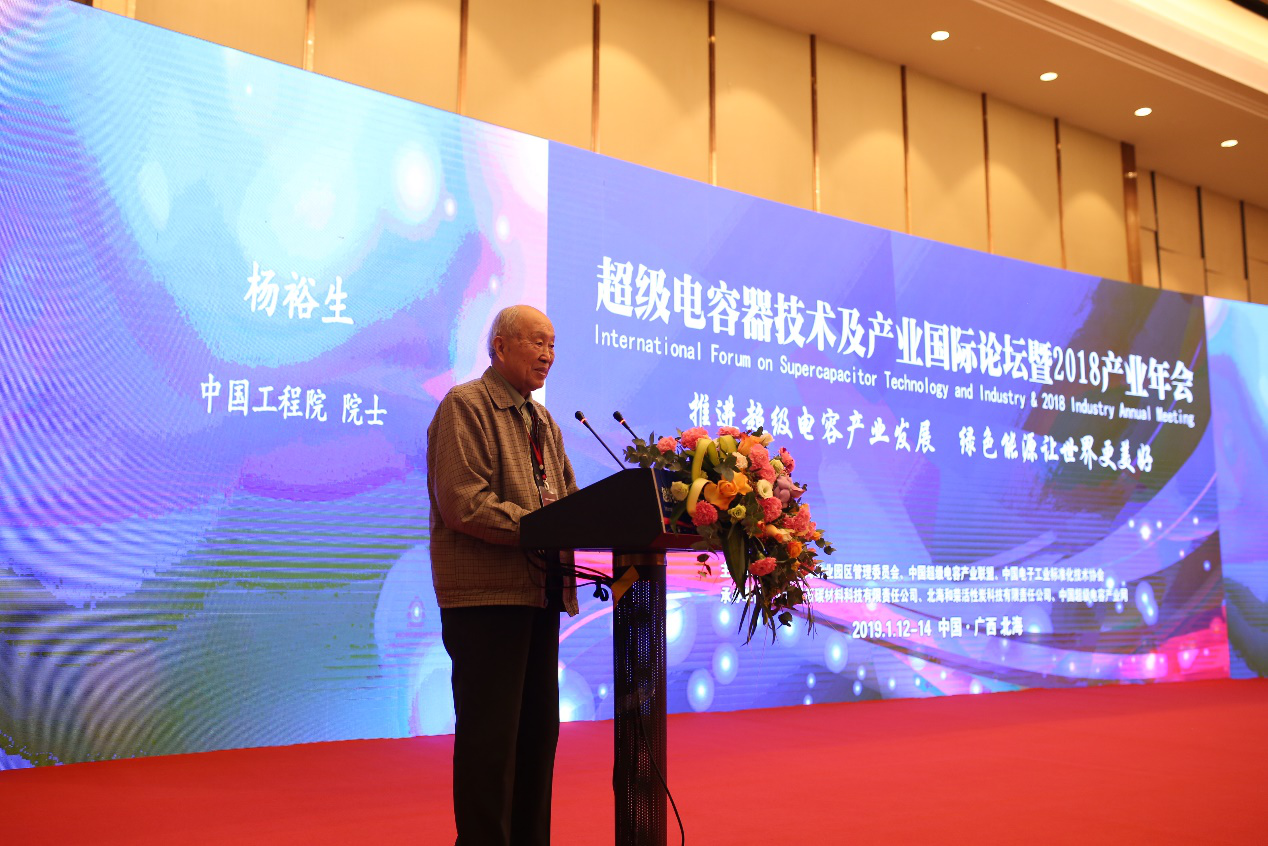

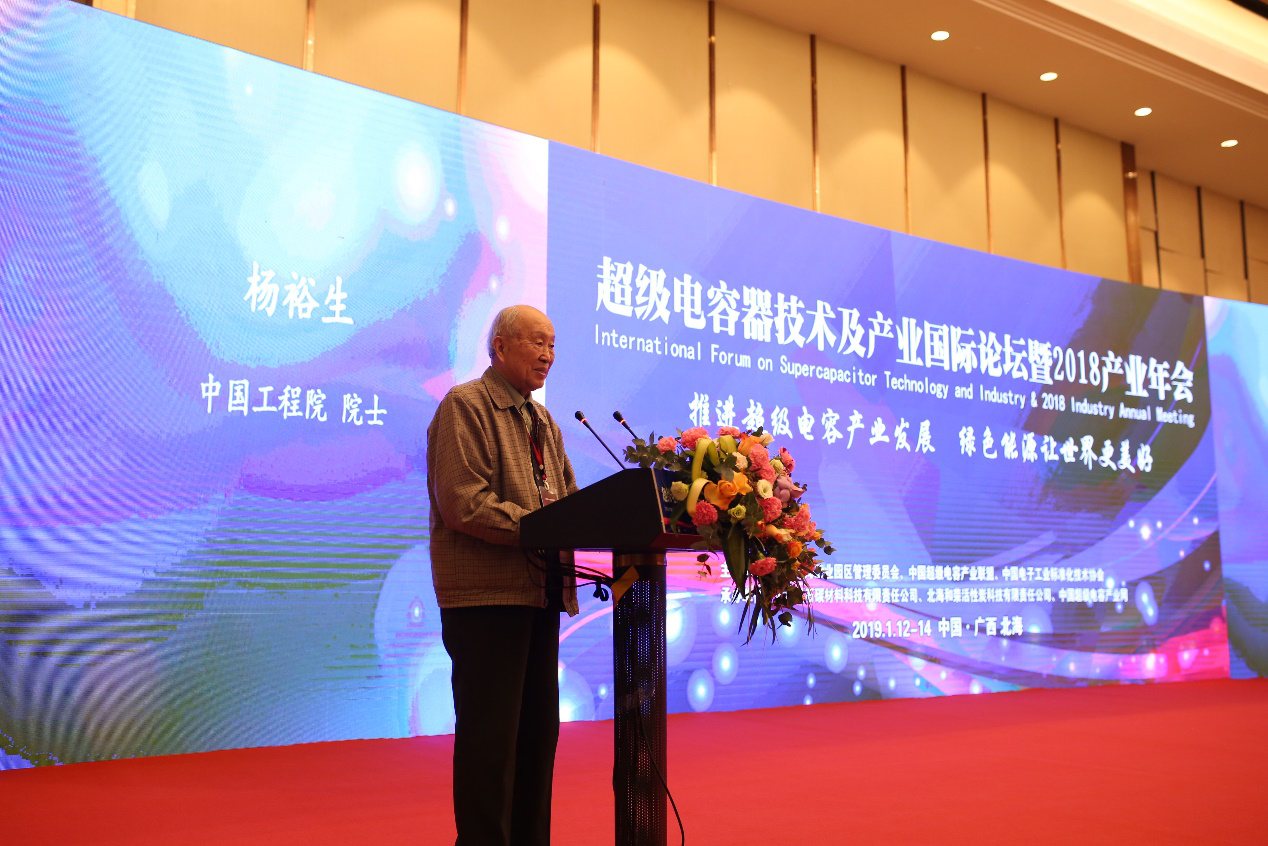
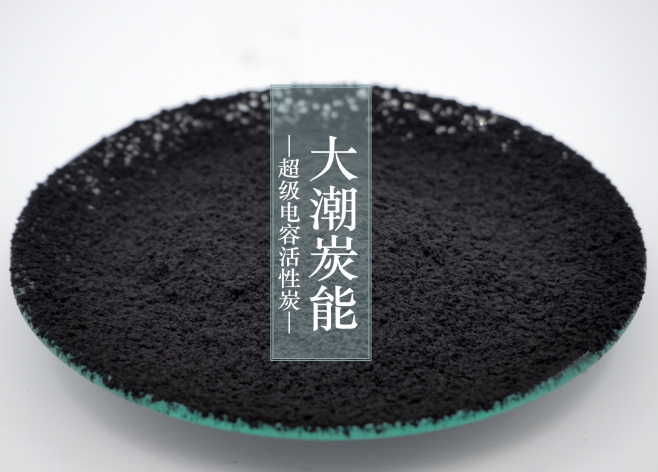
 《抗击疫情超电联盟会员在行动》
《抗击疫情超电联盟会员在行动》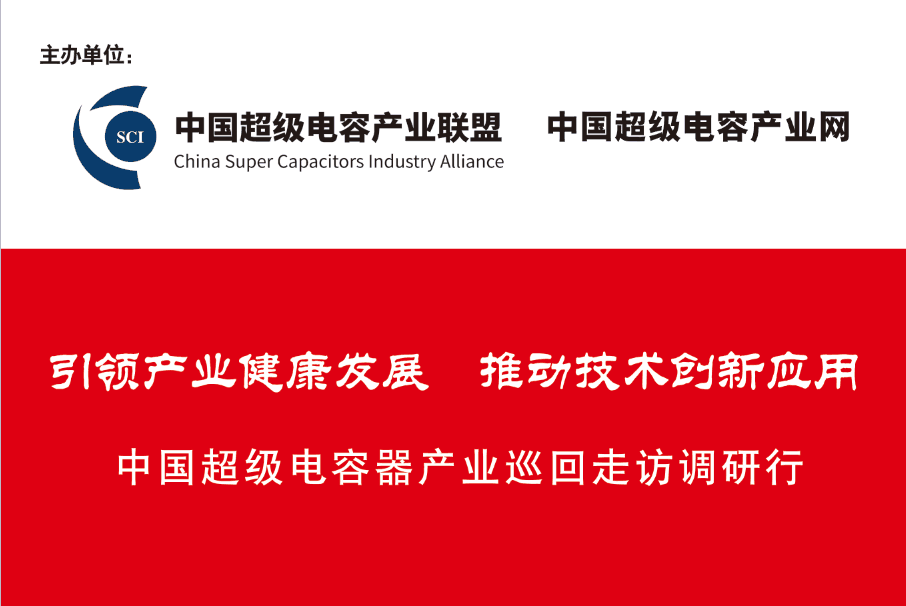 《全国超级电容器产业巡回调研》
《全国超级电容器产业巡回调研》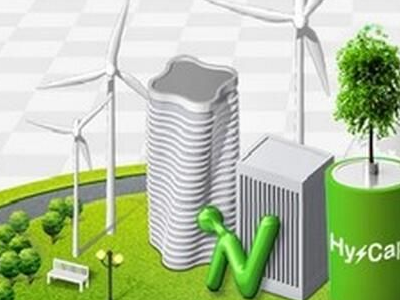 《超级电容专题沙龙》
《超级电容专题沙龙》






